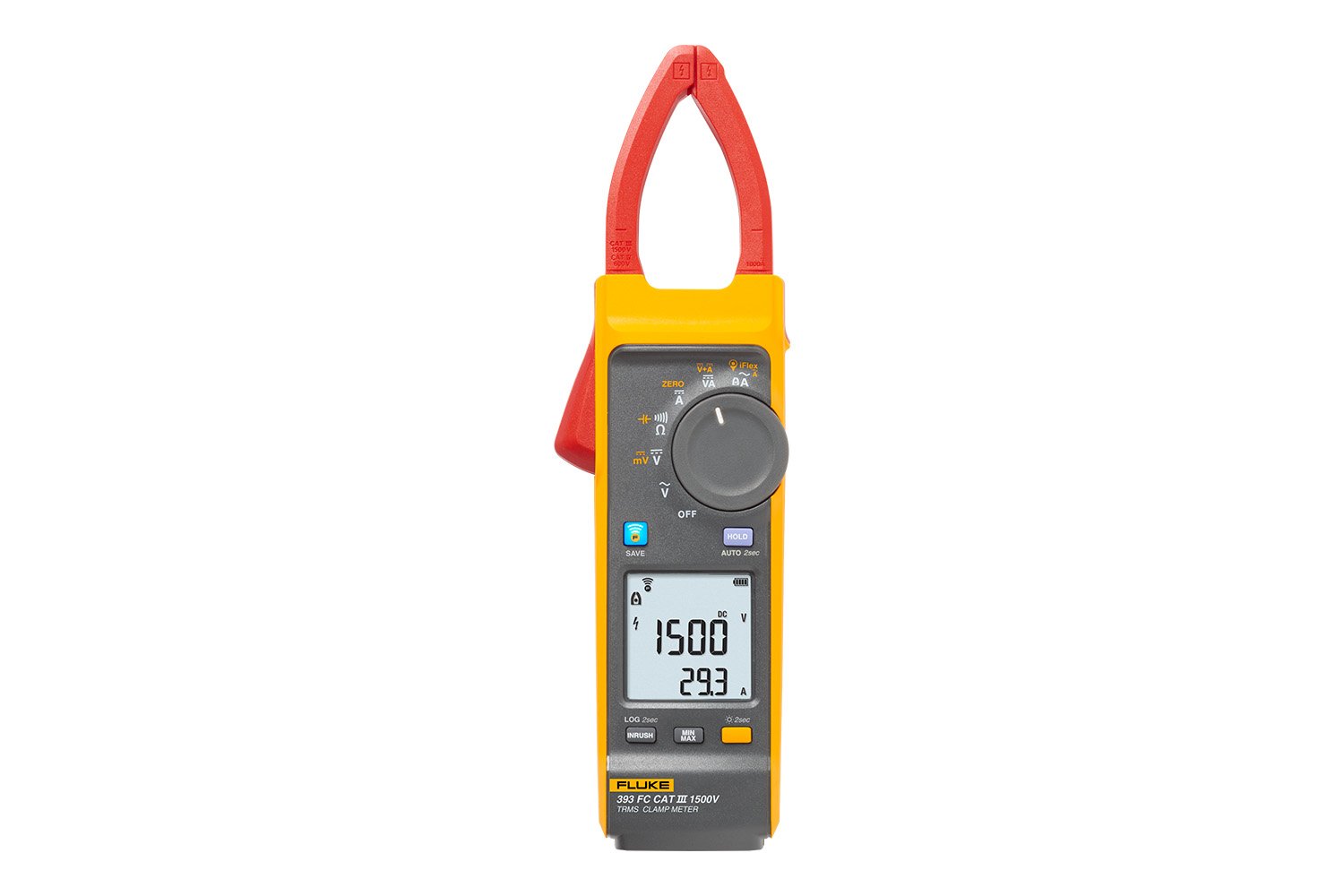ソーラー発電テスト装置向けのソーラー・メーターとソーラー・ツール
作業に適したソーラー・パネル・テスターと測定機器をお求めください
ソーラー・エネルギー産業の成長には、電気技師や PV 設置業者、技術者向けの新しいソーラー・テスト装置ソリューションが必要です。フルークは、ソーラー・メーターや重要なソーラー・ツールなど、ソーラー設備の調査、設置、メンテナンス、レポート作成に使用するさまざまな専用ツールを提供しています。新しい PV アレイを試運転する場合や、太陽光発電所やソーラー発電施設で定期的なメンテナンスを行う場合でも、フルークのソーラー・テスト機器がお客様を業務をサポートします。
PV システムは他のシステムとは違い、太陽光発電設備の調査、設置、保守、およびレポートに特化したツールが必要です。
最高の高電圧ソーラー・ツール
機能や安全性に妥協しない、作業に適したフルークのソーラー・テスト装置をお選びいただけます。
Fluke GFL-1500 Solar Ground Fault Locator(国内販売しておりません)
Fluke GFL-1500 Solar Ground Fault Locator は、技術者が太陽光発電 (PV)...
SMFT-1000 ソーラー・ツール・キット:Fluke マルチファンクション PV テスター、パフォーマンス・アナライザ、I-V曲線 トレーサー
DC1000V 以下で動作するシステムの PV 設置およびソーラー PV...
Fluke 1630-2 接地抵抗測定用クランプ・メーター
屋内にある領域や、完全に舗装された状態にあるためにテスト用の補助接地ステークを設置できない場所など、接近が困難な場所にある機器であっても接地部品の試験が可能です。接続した状態のままグラウンド・ループの抵抗を特定できるため、システムから接地ロッドをいったん取り外し、再接続する必要がありません。
フルーク絶縁ラジオ・ペンチ
サイド・カッターとグリッピング・ゾーンを備えたフルーク絶縁ニードル・ノーズ・プライヤーで万全の安全対策を。1000 V の絶縁仕様に対応した 8 インチのフルークの絶縁プライヤーおよびカッターは、作業の内容に合わせて、幅広いタイプの開口幅および咬合面を選択していただけます。
Fluke Pack30 プロフェッショナル・ツール・バックパック
The Fluke Pack30 tool backpack gives you a comfortable hands-free experience vs. traditional tool...
SMFT-1000 ソーラー・ツール・プロ・キット: Fluke マルチファンクション PV テスター、I-V 曲線トレーサー (TruTest™ ソフトウェアおよびソーラー PV リード付き)
ソーラーの設置と検査用に設計された一体型の PV...
PVA-1500HE2 I-V 曲線トレーサーと1537 Insulation Tester 2500V キット(現在、国内では販売していません)
ソーラー性能の最適化:PVA-1500HE2 PV アナライザーと1537 Insulation Tester 2500V
PVA-1500HE2 I-V 曲線トレーサー、絶縁、クランプ、マルチメーター・キット(現在、国内では販売していません)
ソーラー性能の最適化:PVA-1500HE2 PV アナライザー、1587...




























